Yuan Pottery in "The world of Kubilai Khan" @ Metropolitan Museum New York
Bottle with Design of Waves, Yuan dynasty (1271–1368), China. Pottery with painted decoration (Jizhou ware); H. 5 1/2 in. (14 cm), Diam. of rim: 1 1/8 in. (2.8 cm), Diam. of foot: 2 1/16 in. (5.2 cm). Lent by Jiangxi Provincial Museum
Water painting was a major genre in Chinese art of the Song dynasty (960–1279). Albums were painted with images of water in every mode, from gentle ripples to crashing breakers. Walls and screens were also decorated with waves. Few water paintings are known after the thirteenth century, but the theme survived as a decorative device, as seen on this bottle and on examples of blue-and-white porcelain.
The Yuan dynasty was one of the most innovative periods in the decorative arts of China. The native arts of pottery and lacquer were transformed by the coming together of artistic traditions from the north and the south, while craftsmen brought into China from other areas of the greater Mongol Empire introduced new skills to weaving and metalwork.
Relative to the decorative arts of previous periods, those of the Yuan dynasty can be distinguished by a predilection for three-dimensional form and elaborate surface decoration. The former is demonstrated by high-relief carving on lacquer. Painted decoration was applied to all types of Yuan ceramics, of which the blue-and-white porcelain of Jingdezhen is the best known and appreciated. Both technically and artistically, the decorative arts of the Yuan period remain unsurpassed.
Jar with Dragon, Yuan dynasty (1271–1368), China. Pottery with painted decoration (Cizhou ware); H. 10 1/2 in. (26.7 cm), Diam. of rim: 6 13/16 in. (17.3 cm), Diam. of base: 5 3/16 in. (13.2 cm). Lent by Capital Museum
The kilns in and near Cizhou, Hebei Province, were the main producers of pottery for daily use in central China from the Song through the Yuan dynasty (tenth through fourteenth century). In the Yuan period, most Cizhou-type wares carried painted decoration. Among the most common motifs were the dragon and the phoenix, as seen on this jar and on the Jar with Dragon and Phoenix (below). These patterns were among the first to be adopted by the potters at Jingdezhen, in the south, when they began to produce blue-and-white porcelain in the fourteenth century.
Jar with Dragon and Phoenix, Yuan dynasty (1271–1368), China. Pottery with painted and sgraffito decoration (Cizhou ware); H. 23 1/4 in. (59 cm), Diam. of rim: 5 11/16 in. (14.4 cm), Diam. of base: 6 1/2 in. (16.5 cm). Lent by Inner Mongolia Autonomous Region Museum
Censer, Southern Song dynasty (1127–1279), China. Pottery with painted decoration (Jizhou ware); H. 2 11/16 in. (6.8 cm), Diam. of rim: 4 1/8 in. (10.4 cm), Diam. of base: 2 7/8 in. (7.3 cm). Lent by Jiangxi Provincial Museum
The kilns at Jizhou, Jiangxi Province, were unique among the major pottery works of the Southern Song period, for they decorated the vessels they produced using methods other than incising or molding the body before glazing. Jizhou wares were often decorated by pressing papercuts and leaves into the glaze, or by painting onto the body, as in the present example.
Bowl, Yuan dynasty (1271–1368), China. Pottery with underglaze brown decoration; H. 4 1/8 in. (10.4 cm), Diam. of rim: 4 3/4 in. (12 cm), Diam. of foot: 2 5/8 in. (6.6 cm). Lent by Inner Mongolia Autonomous Region Museum
This Cizhou-type bowl, like the Water Dropper in the Shape of a Turtle with the Head of a Dragon from Korea (below), was found in one of the many hoards of pottery discovered at the Yuan site of Jininglu, in Inner Mongolia. While the shape is not uncommon for the fourteenth century, the sparse, painted decoration is unusual.
Water Dropper in the Shape of a Turtle with the Head of a Dragon, ca. 12th–13th century, Goryeo dynasty (918–1392), Korea. Ceramic with celadon glaze; H. 2 13/16 in. (7.2 cm), W. 3 1/4 in. (8.2 cm), L. 4 3/16 in. (10.6 cm). Lent by Inner Mongolia Autonomous Region Institute of Cultural Relics and Archaeology
A number of Korean objects, particularly porcelain, have been found at Yuan sites in North China. This fine example is from a hoard of porcelain found at Jininglu, Inner Mongolia, along one of the main thoroughfares that linked administrative centers in southern Mongolia during the Yuan period.
"The world of Kubilai Khan" @ Metropolitan Museum New York, september 28, 2010 - january 2, 2011 www.metmuseum.org

/https%3A%2F%2Fprofilepics.canalblog.com%2Fprofilepics%2F1%2F0%2F100183.jpg)
/https%3A%2F%2Fstorage.canalblog.com%2F03%2F02%2F119589%2F96711876_o.jpg)
/https%3A%2F%2Fstorage.canalblog.com%2F11%2F31%2F119589%2F94773502_o.jpg)
/https%3A%2F%2Fstorage.canalblog.com%2F20%2F83%2F119589%2F94772815_o.jpg)
/https%3A%2F%2Fstorage.canalblog.com%2F26%2F72%2F119589%2F75604929_o.jpg)
/https%3A%2F%2Fstorage.canalblog.com%2F59%2F60%2F119589%2F26458628_o.jpg)
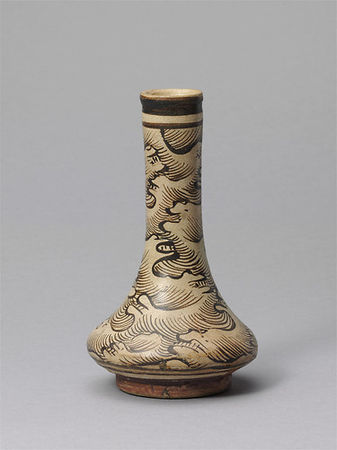


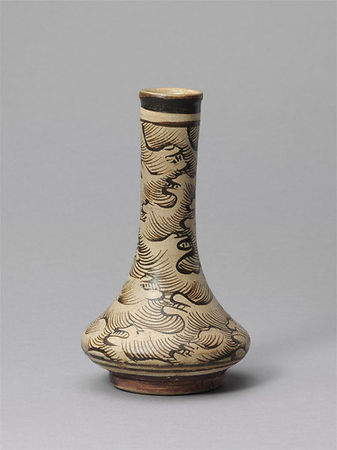

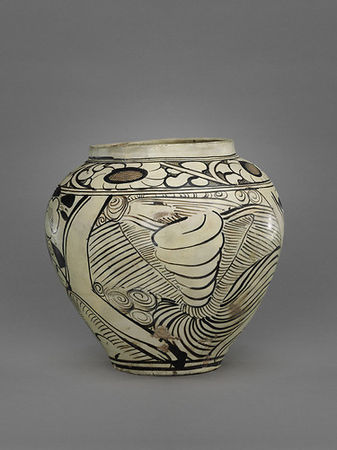


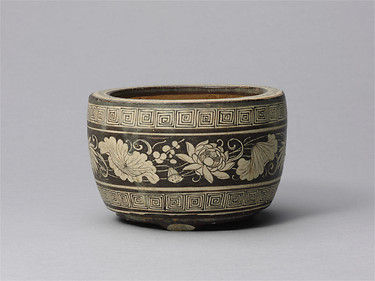
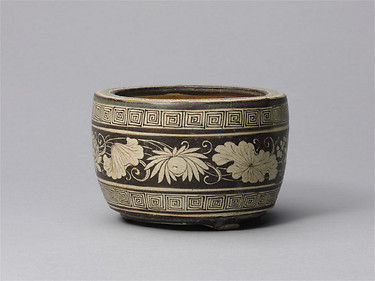



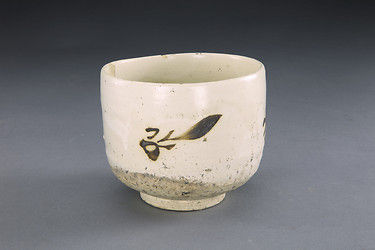




/image%2F1371349%2F20240402%2Fob_7227e1_129-1.jpg)
/image%2F1371349%2F20240329%2Fob_2076ee_113-1.jpg)
/http%3A%2F%2Fstorage.canalblog.com%2F92%2F58%2F119589%2F129772574_o.jpg)
/http%3A%2F%2Fstorage.canalblog.com%2F50%2F04%2F119589%2F129632031_o.jpg)